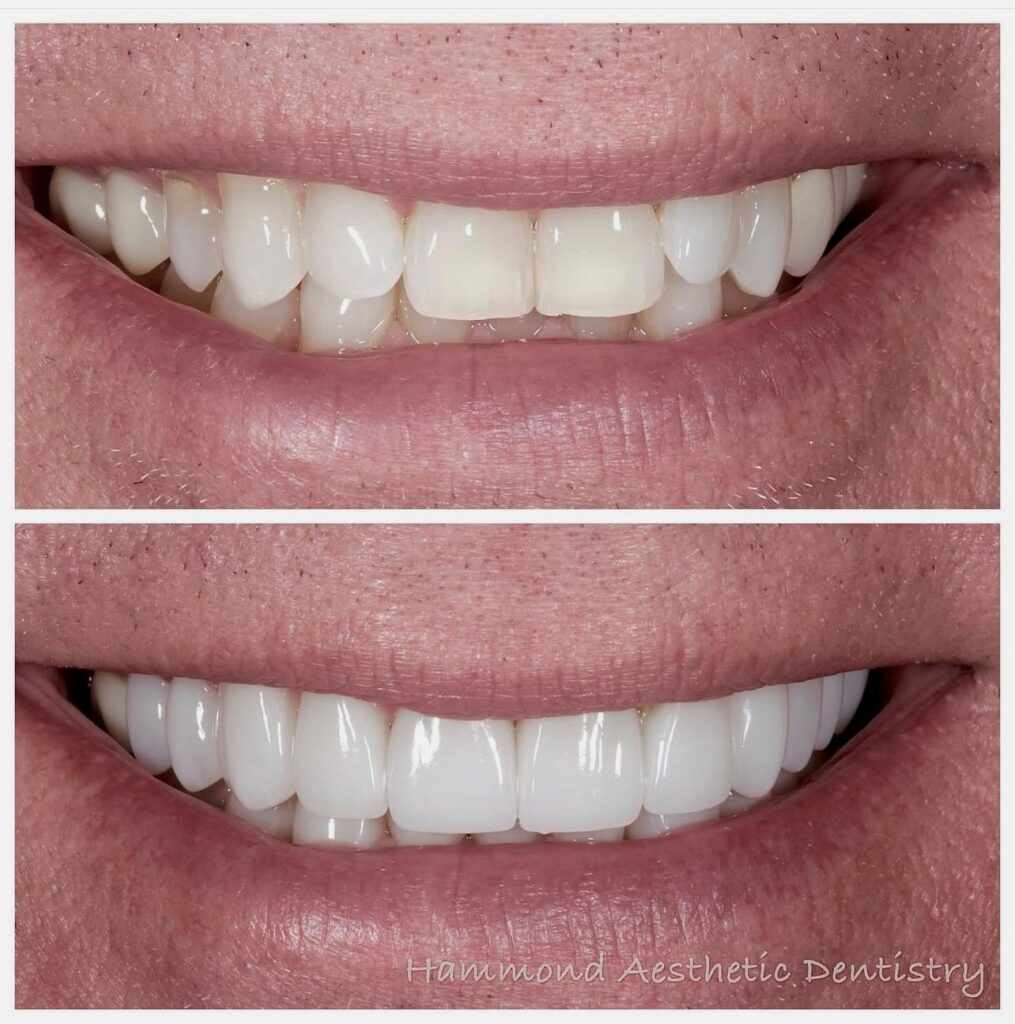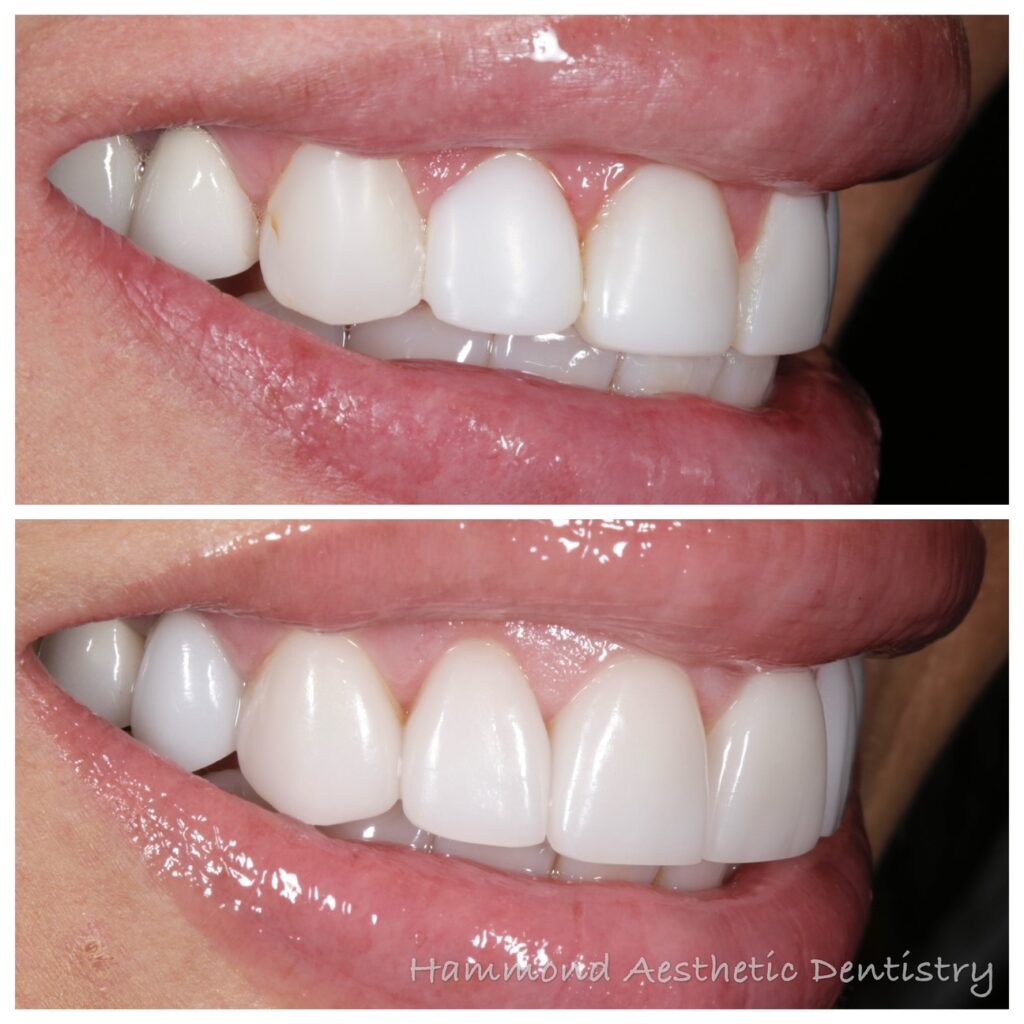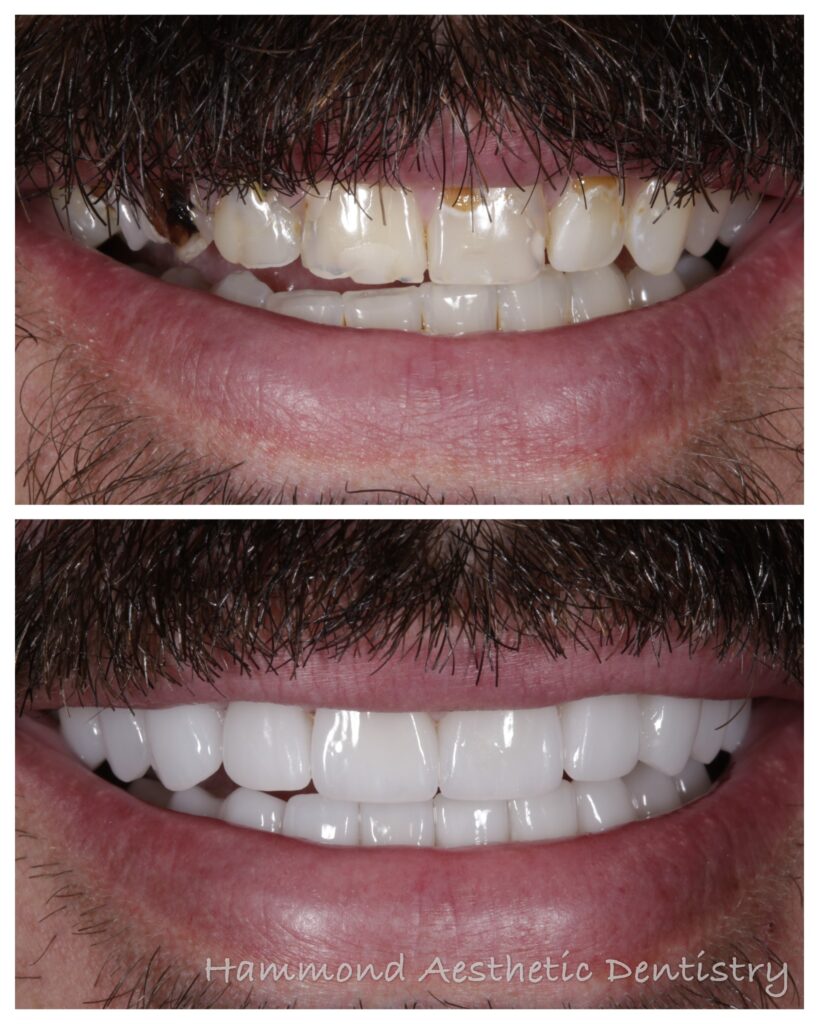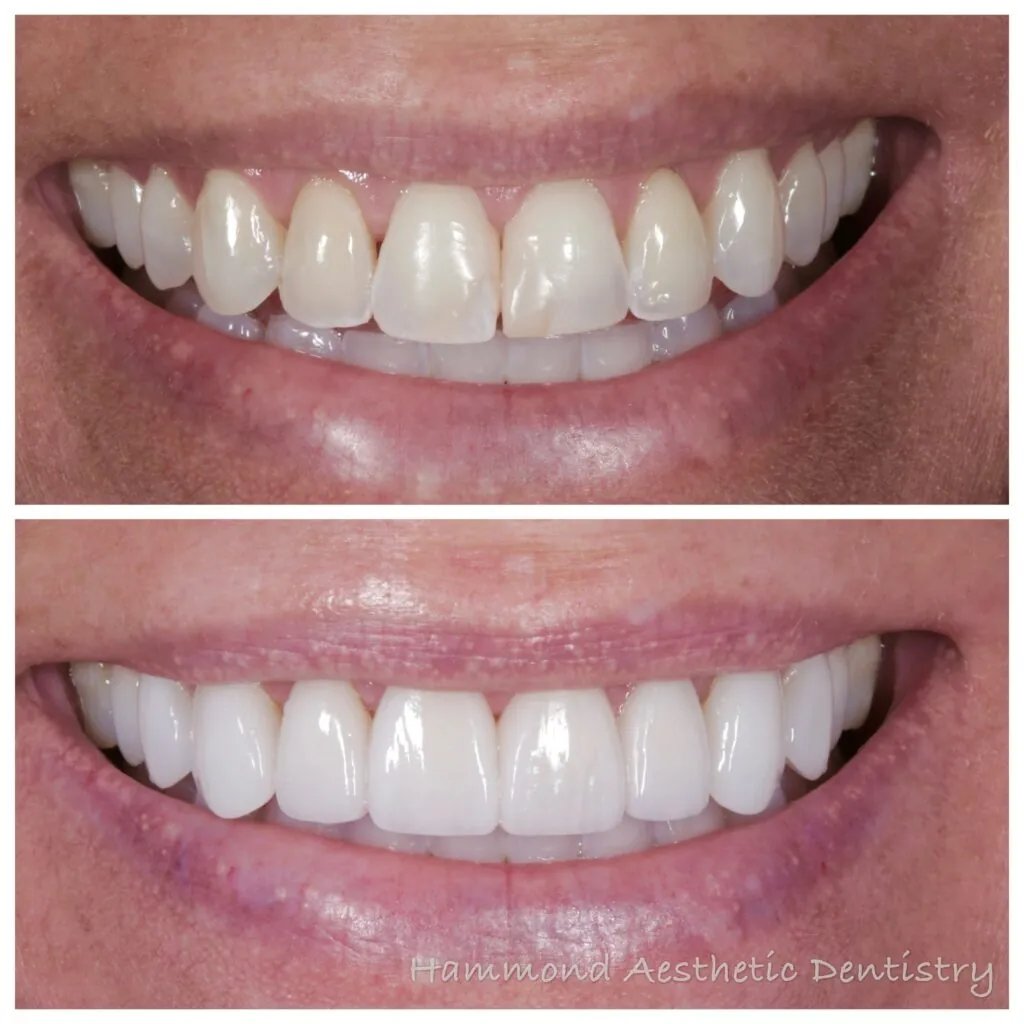A Look into the Past, Present and Future of Dentistry
Oral disease has been a problem for humans since the beginning of time. Skulls of the Cro-Magnon people, who inhabited the earth 25,000 years ago, show evidence of tooth decay. The earliest recorded reference to oral disease is from a Sumerian text (circa 5,000 B.C.) that describes “tooth worms” as a cause of dental decay. No one can deny that dentistry has made tremendous strides over the years, and the past, present and future of dentistry will be a topic of conversation for many of the dental experts at the 47th annual meeting of the Academy of General Dentistry.
“Things have certainly changed from the Middle ages to the early 1700’s, when most dental therapy was provided by so-called ‘barber surgeons‘,” said Eric Curtis, DDS, renowned dental historian and spokesperson for the Academy of General Dentistry. “These jacks-of-all-trades would extract teeth and perform minor surgery, in addition to cutting hair, applying leeches and performing embalming.”
Dental practitioners migrated to the American colonies in the 1700’s and devoted themselves primarily to the removal of diseased teeth and the insertion of artificial dentures. In the 1800’s, dental practices included such duties as extracting teeth with the turnkey (a primitive tool like a ratchet wrench used for extracting teeth), cleaning the teeth with scrapers and removing cavities with hand instruments. The filling materials used then were tin, gold foil, lead and silver. Dentures were carved from ivory or fashioned from the teeth of cattle.
In the past century, human life expectancy has almost doubled and immense changes in quality of life have occurred. Some of the changes that have had a positive impact on dentistry include increased emphasis on personal hygiene; availability of antibiotics, vaccines, fluoridation; improved diets, electricity and heating, the X-ray, the telephone, computers and the Internet. Present day dental accomplishments include the use of silver and white fillings, fluoridation, air abrasion techniques for the filling of cavities, and more.
An increase in those over the age of 65 who retain their teeth also has affected dentistry, with more attention being paid to the complex needs of this older population. An increase in a more knowledgeable and affluent U.S. population has proportionately increased dental visits for an improved smile, in sharp contrast to the reasons for dental visits 100 years ago, i.e., to alleviate pain and restore function. This consumer trend will strengthen in the next century as more people retain their healthy teeth for a lifetime.
“No one can know for certain what the future of dentistry will hold,” stated Dr. Curtis. “I think we will see an integration of dentistry into comprehensive health care and an increased focus on the link between oral health and overall health as we enter the 21st Century. Computer-assisted technology for diagnosis and treatment, and gene-mediated therapeutics, which alters the genetic structure of teeth to make them impervious to decay, will also be important in the future,” said Dr. Curtis.
Dental Timeline
BCE – The Beginnings of Dentistry
2900 Egyptian lower jaw demonstrates two holes drilled through the bone, presumably to drain an abscessed tooth. Egyptians were the first to designate a doctor that specializes in treating teeth.
2700 Evidence that the Chinese used acupuncture to treat pain associated with tooth decay.
1700 Ancient Egyptian papers, the Ebers papyrus, which contains material dating back as far as
3700 BCE, contains references to diseases of the teeth, as well as prescriptions for substances to be mixed and applied to the mouth to relieve pain.
1300 Aesculapius, a Greek physician, credited by many with the concept of extracting diseased teeth.
500 Hippocrates and Aristotle wrote of ointments and sterilization procedures using a red hot wire to treat diseases of the teeth and oral tissues. They also spoke of tooth extraction and the use of wires to stabilize jaw fractures and bind loose teeth.
100 Roman medical writer Celsus wrote extensively of oral diseases as well as dental treatments such as narcotic-containing emollients and astringents.
Visions of the Future in the 1600 and 1700’s
1685 First dental textbook to be published in English, by Charles Allen, “The Operator for Teeth”.
1728 Pierre Fauchard published his master work, “The Surgeon Dentist”, which described for the first time a vision of dentistry as a modern profession.
1785 John Greenwood served as George Washington’s dentist, and helped raised public awareness about porcelain teeth.
The Enlightening 1800’s
** 1816 Auguste Taveau, Paris, developed first dental amalgam (fillings from silver coins mixed with mercury).
** 1839 Charles Goodyear discovered vulcanized rubber. This discovery made denture bases, previously made out of gold, affordable for the average person. Before that time, dental care was typically reserved for the upper class.
1840 Dentist Horace Wells first demonstrated lauhging gas for sedation.
1840 Dentist Thomas Morton first demonstrated ether anesthesia for surgery.
** 1840 Horace Hayden and Chapin Harris invented modern dentistry. They:
- founded the first dental school in the world, the Baltimore College of Dental Surgery
- invented the modern doctorate of dental surgery (DDS) degree
- started the world’s first dental society, the American Society of Dental Surgeons (ASDA), which eventually formed into the American Dental Association
- the ASDA collaborated the first dental journal, American Dental Journal of Dental Science, which revolutionized the sharing of trade secrets and streamlined how dentists looked at their profession and distributed knowledge
1866 Lucy Hobbs, the first woman to obtain DDS, graduated from Ohio College of Dental Surgery.
** 1871 James Beall Morrison patented the first mechanized dental drill, which allowed people to view dentistry as a streamlined profession. This drill twirled very slowly and a filling could take several hours to complete.
** 1890s American dentist Willoughby Miller in Germany first described the microbial basis of dental cavities, which initially raised cavity prevention awareness, and led the way for oral care companies to market at-home oral health care products.
** 1895 Wilhelm Roentgen discovered x-radiation (x-rays).
** 1895 G.V. Black standardized both cavity preparation and manufacturing process of silver fillings.
1896 Edmund Kells adapted Roentgen’s new x-ray for dentistry.
1896 Toothpaste tube introduced by Dr. Washington Wentworth Sheffield.
Scientific Advances in the 1900’s
** 1900’s With Edison’s invention of electricity, dental offices use electric drills and the increase became widespread.
** 1907 Novocaine introduced into US dental offices by Heinrich Braun.
** 1907 William McTaggart invented his “lost wax” casting machine, which allowed dentists to make precision cast fillings to fill a cavity. Lost wax is a jeweler’s technique that allows them to precisely make pieces of jewelry.
1926 Gies Report was issued by the Carnegie Foundation, urging dental schools to become university based.
** 1929 Penicillin was invented. This had a major impact on treatment protocols for dental infections.
1935 Vitamin C was identified.
1939 Mail order dentures declared illegal in the United States.
** 1945 Grand Rapids, MI, first city in the world to fluoridate drinking water.
** 1955 Michael Buonocore invented white (composite) fillings. He also described a method of bonding resin to tooth enamel, enabling dentists to repair cracked enamel on front teeth.
** 1957 John Borden invented a high speed air-driven hand piece, increasing drill power from the traditional 5,000 rpm to 300,000 rpm, which shortened the time to prepare a tooth for a filling to a matter of minutes.
** 1958 First fully-reclining dental chair introduced, allowing more patient and dentist comfort and allowed for the dentist to have an assistant help him with the procedures.
1970 Electric toothbrush introduced in the United States.
** 1970’s Sit-down, “four-handed” dentistry became common. Most dentists have dental assistants helping with procedures. This drastically improved efficiency and shortened the treatment time.
** 1980’s Per Ingvar Branemark described techniques for dental implants.
Into the 21st Century
Integrating dentistry into comprehensive health care.
Increased focus on the link between oral health and overall health.
Gene-mediate therapeutics, which means altering the genetic structure of teeth to make them impervious to decay. Some researchers are now investigating the possibility of growing new tooth structure around weakened enamel.
Increased knowledge base and computer-assisted technology approach for diagnosis and treatment.
Community-based health promotion for oral health care.
** Key timeline points that had a major impact on modern dentistry.





